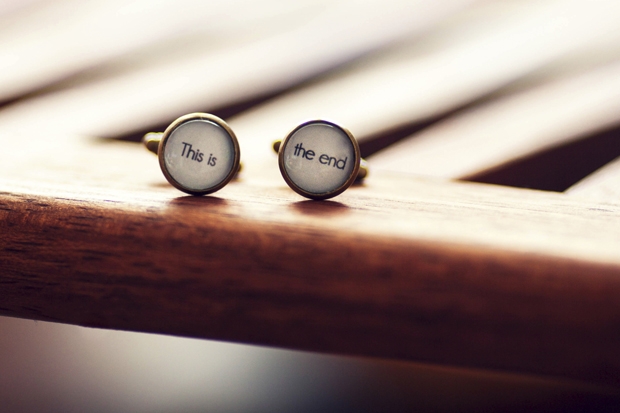First, a confession. I have never cared much for Hercule Poirot. In this I am not alone, for his creator felt much the same way, describing him as a ‘detestable, bombastic, tiresome, egocentric little creep’, albeit a creep with remarkable commercial staying power. Fortunately, my prejudice doesn’t affect enjoyment of the brilliantly constructed plots and the unobtrusively effective storytelling. But I find it far easier to warm to Miss Marple.
Poirot is, after Sherlock Holmes, the most celebrated fictional detective in the world. It was only a matter of time before the Agatha Christie estate allowed him to be brought back to life. Continuations have become big business in recent years — marriages of convenience between a prominent, dead author and a well-established living one. Sophie Hannah was a wise choice: not only is she an excellent crime novelist in her own right, but she understands Christie’s books in a way that only an admirer can.
The Monogram Murders is set in 1929 (the year Christie published one of her less successful novels, The Seven Dials Mystery). Poirot is taking a long holiday, which in this case means moving from his London mansion block to a lodging house 300 yards away. He becomes friendly with another lodger, Inspector Edward Catchpool of Scotland Yard, a man whose idea of fun is working on a nice crossword by the fire (he may well be the wettest, wimpiest detective in crime fiction).
As part of his holiday routine, Poirot dines once a week at a coffee house that serves the finest coffee in London. One evening a distraught young woman announces that she is about to be murdered, and begs Poirot to ensure that the police won’t pursue her murderer.
Meanwhile, in another part of London, Inspector Catchpool is summoned to the swanky Bloxham Hotel.








Comments
Join the debate for just £1 a month
Be part of the conversation with other Spectator readers by getting your first three months for £3.
UNLOCK ACCESS Just £1 a monthAlready a subscriber? Log in